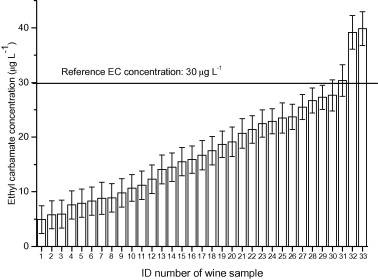ShootsNRoots
Well-Known Member
- Joined
- Mar 27, 2013
- Messages
- 243
- Reaction score
- 34
According to various sources across the internet, Urea, commonly found in yeast energizer or yeast nutrient is a precursor to urethane or Ethyl Carbamate.
I'm looking for facts regarding the levels necessary to be considered dangerous.
Bottles containing Urea + DAP have directions calling for '1 tsp per gallon'; though that seems to apply to wine, mead, cider.
Facts pertaining to its usage in beer would also be helpful.
Any other facts regarding the hazards of urea would be appreciated.
http://www.thebrewingnetwork.com/forum/viewtopic.php?f=&t=23065
http://home.comcast.net/~mzapx1/FAQ/Urea.pdf
https://www.homebrewtalk.com/f30/new-mead-concerned-about-dap-urea-carcinogens-forming-289949/
https://www.homebrewtalk.com/f39/ammonium-phosphate-urea-beer-95876/
I'm looking for facts regarding the levels necessary to be considered dangerous.
Bottles containing Urea + DAP have directions calling for '1 tsp per gallon'; though that seems to apply to wine, mead, cider.
Facts pertaining to its usage in beer would also be helpful.
Any other facts regarding the hazards of urea would be appreciated.
http://www.thebrewingnetwork.com/forum/viewtopic.php?f=&t=23065
http://home.comcast.net/~mzapx1/FAQ/Urea.pdf
https://www.homebrewtalk.com/f30/new-mead-concerned-about-dap-urea-carcinogens-forming-289949/
https://www.homebrewtalk.com/f39/ammonium-phosphate-urea-beer-95876/




